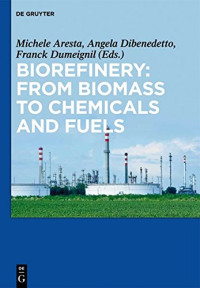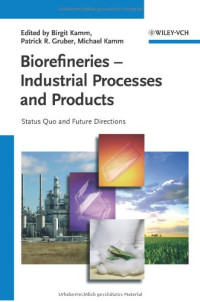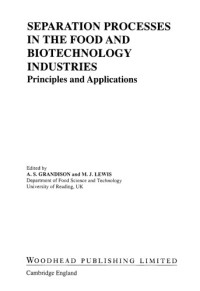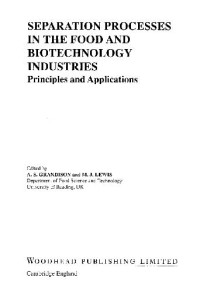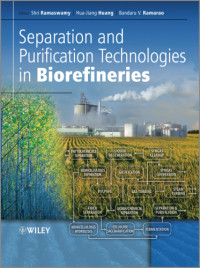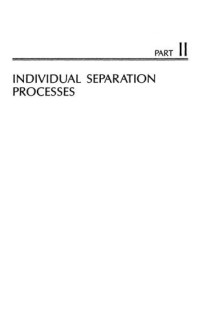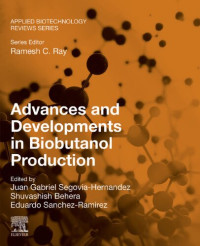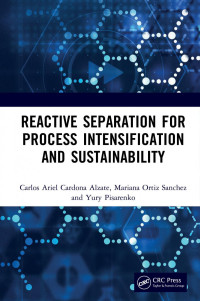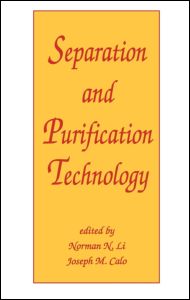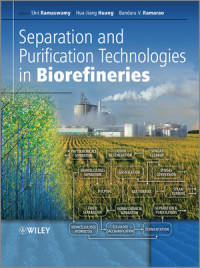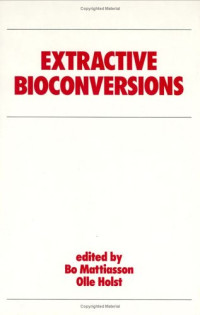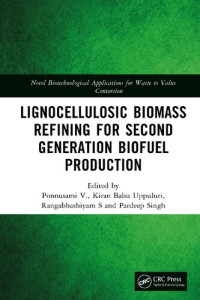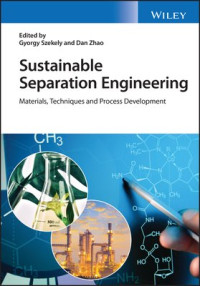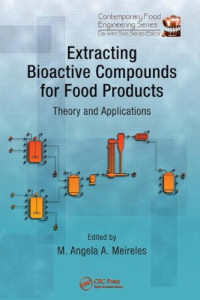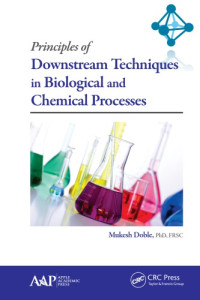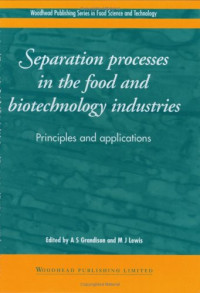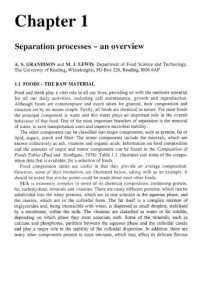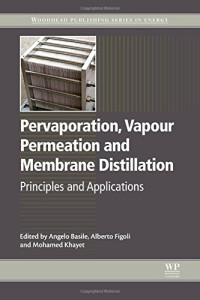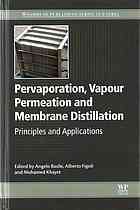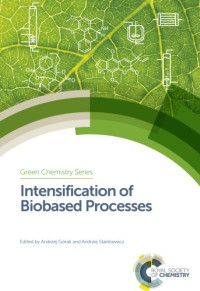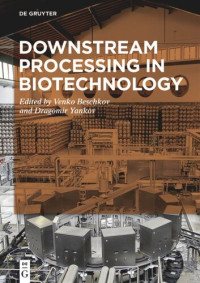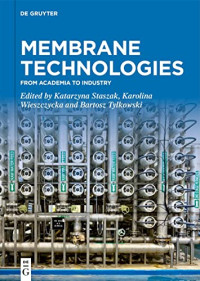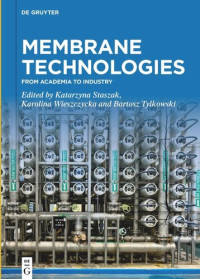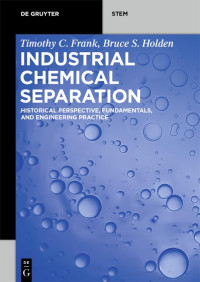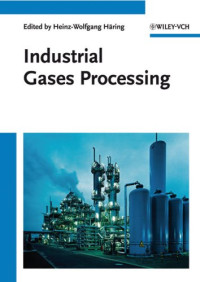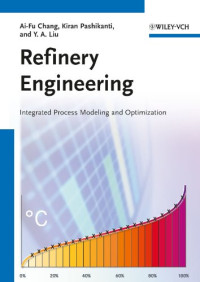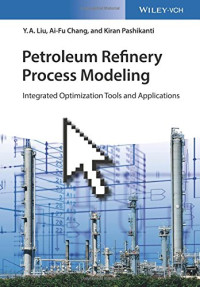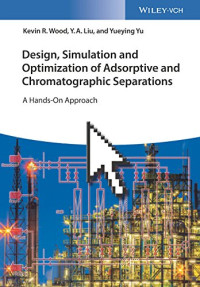
Separation and Purification Technologies in Biorefineries
Ramaswamy et all.
John Wiley & Sons, Ltd. 2013. - 591 p.
In this book, technical experts from around the world offer their perspectives on the different separation and purification technologies that pertain to biorefineries. They provide basic principles, engineering design and specific applications in biorefineries, and also highlight the immense challenges and opportunities. There are significant opportunities for developing totally new approaches to separation and purification especially suitable for biorefineries and their full integration in the overall biorefineries. For example, adsorption with a molecular sieve is efficient in breaking the ethanol–water or butanol-water azeotrope for biofuel dehydration. Membrane separation, especially ultrafiltration and nanofiltration, represents a promising procedure for recovery of hemicelluloses from hydrolyzates and lignin from spent liquor. Hybrid separation systems such as extractive-fermentation and fermentation-membrane pervaporation are promising approaches to the removal of product inhibition, and hence to the improvement of process performance. Fermentation, bipolar membrane electrodialysis, reactive distillation, and reactive absorption are suitable for separation of products obtained by esterification, as in biodiesel production. Integrated bioprocessing—consolidated bioprocessing integrating pre-treatment, bioprocessing, separation, and purification—offers tremendously exciting new opportunities in future biorefineries.
In this book, technical experts from around the world offer their perspectives on the different separation and purification technologies that pertain to biorefineries. They provide basic principles, engineering design and specific applications in biorefineries, and also highlight the immense challenges and opportunities. There are significant opportunities for developing totally new approaches to separation and purification especially suitable for biorefineries and their full integration in the overall biorefineries. For example, adsorption with a molecular sieve is efficient in breaking the ethanol–water or butanol-water azeotrope for biofuel dehydration. Membrane separation, especially ultrafiltration and nanofiltration, represents a promising procedure for recovery of hemicelluloses from hydrolyzates and lignin from spent liquor. Hybrid separation systems such as extractive-fermentation and fermentation-membrane pervaporation are promising approaches to the removal of product inhibition, and hence to the improvement of process performance. Fermentation, bipolar membrane electrodialysis, reactive distillation, and reactive absorption are suitable for separation of products obtained by esterification, as in biodiesel production. Integrated bioprocessing—consolidated bioprocessing integrating pre-treatment, bioprocessing, separation, and purification—offers tremendously exciting new opportunities in future biorefineries.
 Amazon
Amazon  Barnes & Noble
Barnes & Noble  Bookshop.org
Bookshop.org  轉換文件
轉換文件 更多的搜索結果
更多的搜索結果 其他特權
其他特權 

